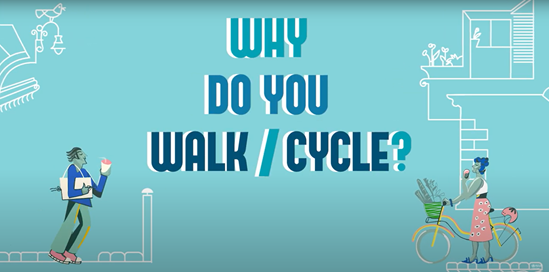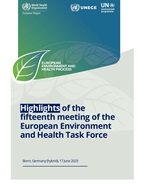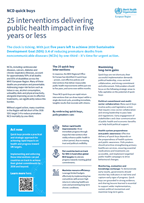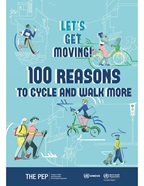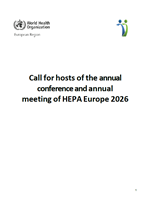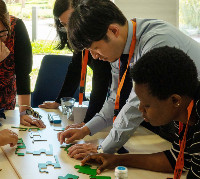Physical activity
Regular physical activity has several health benefits across the lifespan. Among children and adolescents, physical activity provides benefits for cognitive development, motor skills, self-esteem, social integration, musculoskeletal health, academic achievement and overall well-being. Among adults, physical activity contributes to the prevention and control of noncommunicable diseases, such as cardiovascular diseases, cancer (especially breast and colon) and diabetes, and reduces overall mortality and risk of premature death.
WHO promotes active living by supporting and implementing activities in Member States. There are many new initiatives under way that help people increase their physical activity, ranging from cities building safe cycling lanes, to family doctors setting up activity groups or making "physical activity prescriptions", to supporting groups in the community who can bring people together to enjoy themselves and get fit.
One of WHO's activities is the Move for Health initiative, which advocates the benefits of physical activity and generates public awareness by highlighting good practice.
WHO/Europe also facilitates the European network for the promotion of health-enhancing physical activity (HEPA Europe), which works towards physical activity promotion in health policy and in other relevant sectors in Europe. Its network of European experts produces practical tools, guidelines and case studies, which are being used across the Region. It also participates in research activities.






